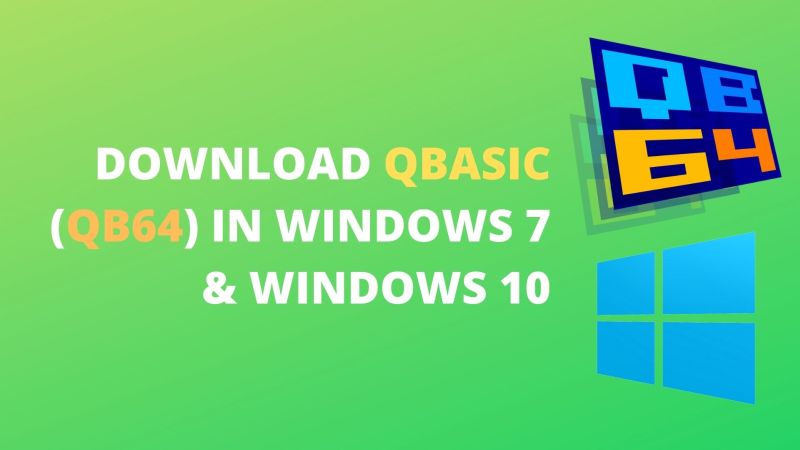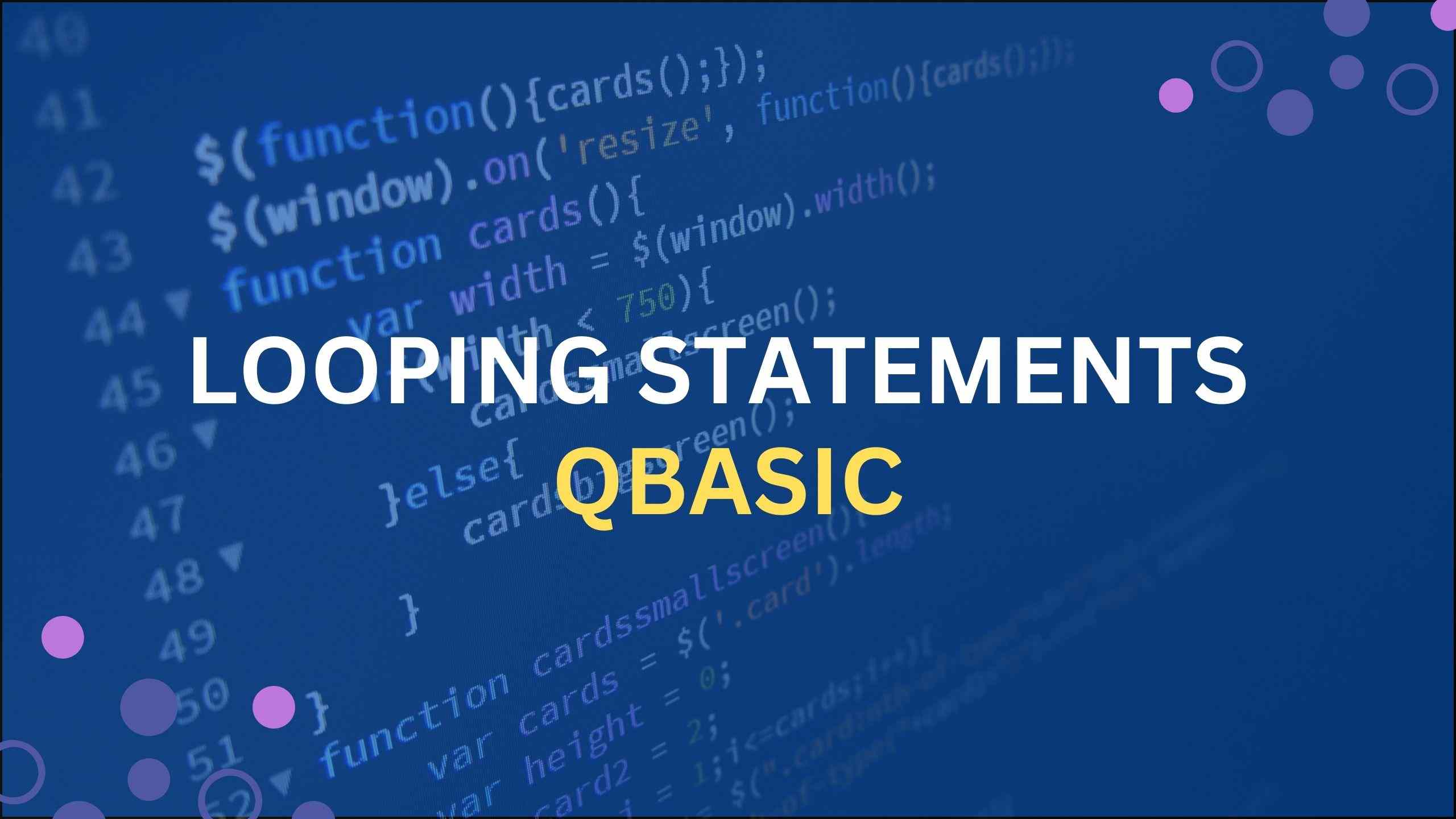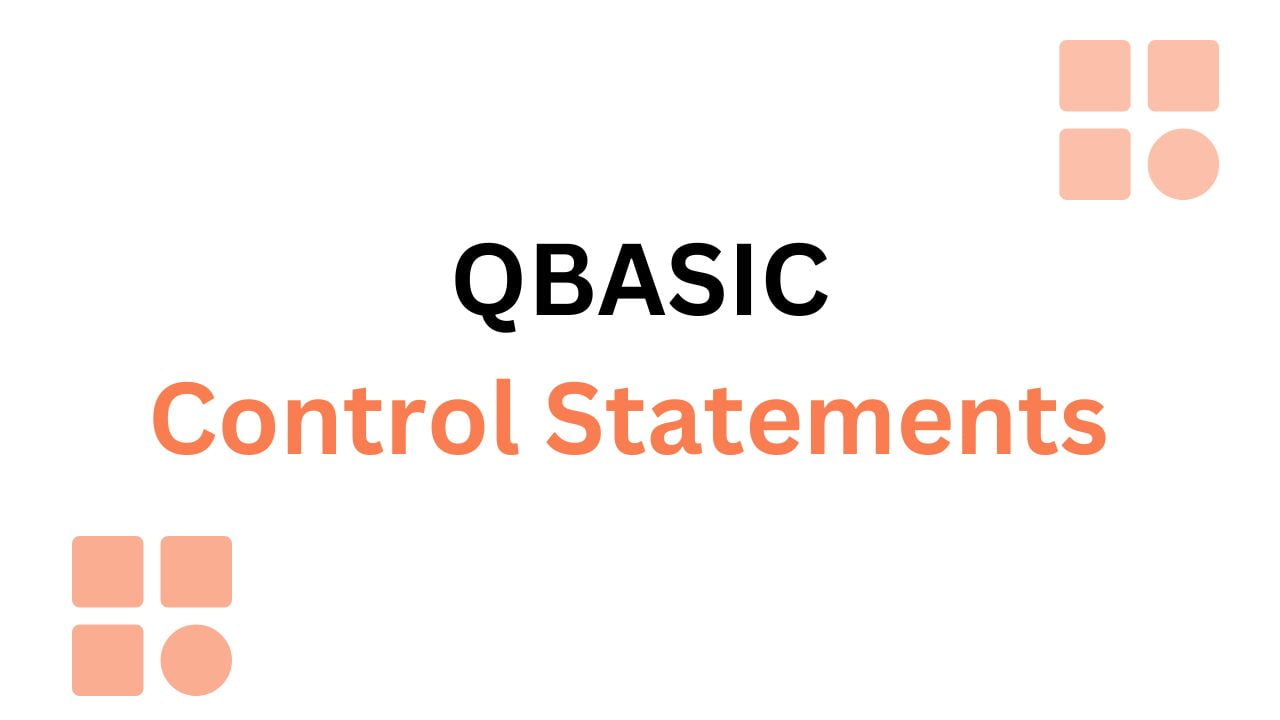
In this article, we will see a step-by-step process on how to install Qbasic in Windows 10 and Windows 11 easily.
Table of Contents
QB64 is a version of QBasic that is developed to run on modern-day Operating systems. But before going into the step of installing it on our machine, let’s get some information about QBasic.
QBasic is a beginner-friendly and easy-to-learn programming language. Qbasic stands for Quick Beginners All-purpose Symbolic Instruction Code.
Qbasic language was developed by Microsoft in the year 1985, was used in the DOS Operating system, and was also available in windows 95/98.
Read more about the History of QBasic in this article: QBasic Programming – Beginner’s Friendly.
QBasic is very easy to learn because of its simple structure, easy-to-understand commands, and flexibility. This is well documented and all the commands and sample programs are easily available on the internet.
However, since it was developed for the MS-DOS operating system, you cannot run it in modern operating like Windows 7 & 10 easily. It will show some compatibility issues. However, there are ways through which we can run and start programming in QBasic, the ways are by using DOS Box which emulated a DOS environment on our main operating system, and also by using a VMWare (Virtual Machine).
You can read about how to download and install QBasic for Windows 7 & 10 using Box Emulator and VMWare here.
Since we know that the above two steps are a bit tricky and most beginners will get confused install it in DOS Box and in a virtual machine, therefore here in this article we find out a simple way on how to Download QBasic for windows 7 & windows 10 (64bit).
So the solution to the problem is QB64 (previously known as QB32).
What is QB64?
QB64, it was developed by Rob Galleon who wanted to make QuickBasic/QBasic compatible with modern operating systems. It converts the BASIC code in C++, which later gets compiled into binaries for Windows 10, Linux or Mac OS.
QB64, in general, is a BASIC compiler for modern Operating systems (Windows, Linux, and Mac OS X) which is developed and designed to be compatible with QuickBasic and QBasic. QB64 not only helps to code QBasic programs, but it also helps us to run older QBasic programs too. It extends the programs to use all the features of today’s system as well as helps to use OpenGL ( library ), to render the programs to multiple different platforms.
Features of QB64 :
vWATCH64
It is an amazing feature that shows real-time debugging in your program. It generates a modified version of your source code, which helps in real-time variable watches and breakpoints.
InForm
It is an application development tool, which consists of a graphical library and an editor to design forms and also helps to export the result of it to generate a program.
So, you can follow the steps below to download and install it in windows 10.
EASY STEPS TO INSTALL QBASIC ( QB64 ) IN WINDOWS 7 & 10
STEPS TO DOWNLOAD AND INSTALL:
Step 1: First download QB64 from its official site. There you will find two versions QB64 v1.3 and QB64 Dev Build. Download QB64 v1.3
Updated Veriosn v2.1 Link: Download QB64 v2.1
It will redirect you to a GitHub page, which contains all the files required for different operating systems. Since we are using QB64 for Windows 64bit, we will download qb64_1.3_win_x64.7z . For 32-bit download qb64_1.3_win_x86.7z.
Step 2: Next extract the file in your system and copy the extracted folder Program Files folder in the C drive.
Step 3: At last, just double-click qb64.exe and you are ready to program in QBasic.
If you want to add an icon on your desktop for easy access, just right-click the qb64.exe in your extracted folder and go to Send to > Desktop (create shortcut).
This is the easiest and most simple way to download QBasic for Windows 7, 8 and Windows 10.
Related Articles:
Qbasic Control Statements with Examples
QBasic Commands and Statements-2023
Qbasic Programming Examples and Exercises


